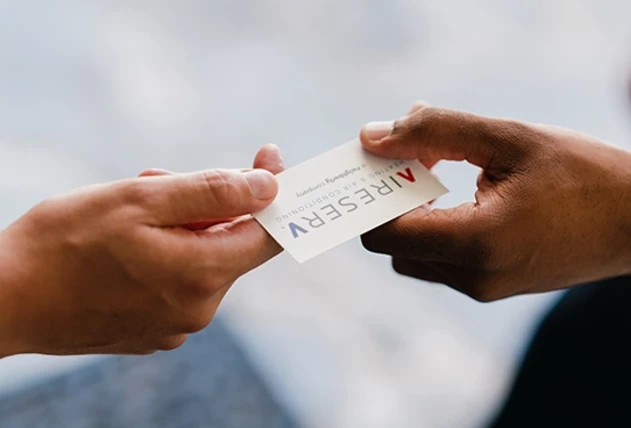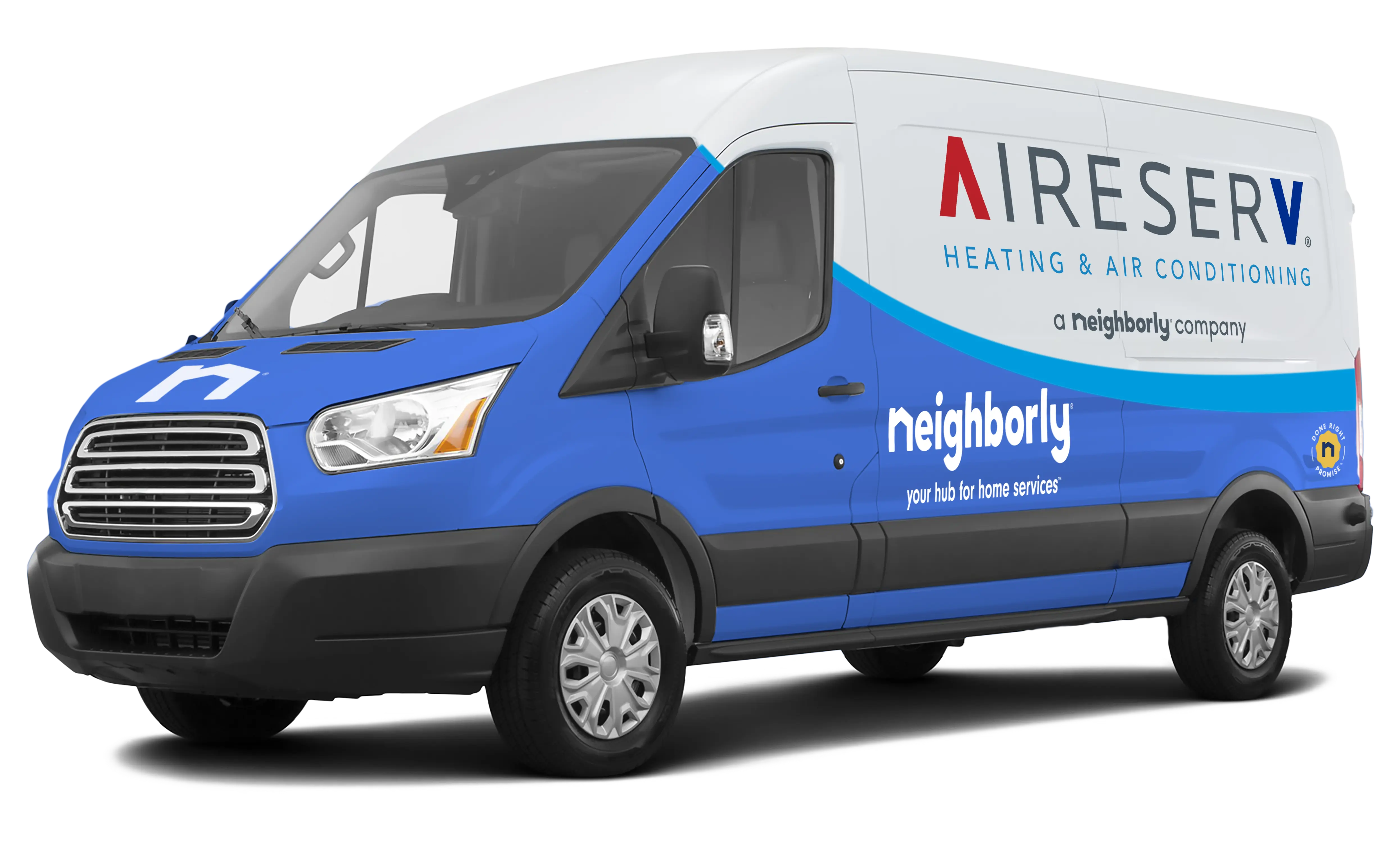When you live along Florida’s Emerald Coast, hurricane season isn’t just a possibility—it’s an annual reality. From June through November, tropical storms and hurricanes can bring heavy winds, flooding, and extended power outages. While you may have a plan for your home and family, there’s one system many people overlook: your HVAC.
Your heating and cooling system is a big investment, and during hurricane season, it’s especially vulnerable to damage. Taking a few proactive steps can help protect your comfort now—and prevent costly repairs later.
At Aire Serv of the Emerald Coast, we’ve helped countless homeowners prepare for and recover from storms. Here’s our guide to keeping your HVAC system safe before, during, and after severe weather.
Before the Storm: Prepare Your System
1. Schedule a Pre-Season Inspection
A professional tune-up before hurricane season ensures your system is in peak condition. Our team checks for loose parts, electrical vulnerabilities, and drainage issues—things that can worsen in high winds and heavy rain.
2. Secure Your Outdoor Unit
High winds can shift or damage your condenser. Use hurricane straps or tie-downs to secure it to its base. In coastal areas, this isn’t optional—it’s a critical step in preventing damage or even complete system loss.
3. Install a Surge Protector
Power surges are common during storms and can fry your HVAC’s electrical components. A whole-home surge protector adds an extra layer of defense against sudden voltage spikes.
4. Elevate if Flood-Prone
If your home is in a low-lying or flood-prone area, consider having your outdoor unit elevated on a platform to reduce the risk of water damage.
5. Know How to Shut It Down
Before a storm hits, turn off your system at the thermostat and breaker. This prevents damage if flooding occurs or if power is lost and restored suddenly.
During the Storm: Safety First
Once severe weather is underway, your priority should be safety—not running your AC. If you followed the shutdown procedure before the storm, keep the system off until conditions improve. Running it during a storm can pull in debris, overwhelm drainage systems, and put your equipment at unnecessary risk.
After the Storm: Assess and Restore Carefully
1. Inspect the Area Around Your Unit
Check for debris, standing water, or visible damage before turning your system back on. Remove branches, leaves, and any loose objects, but avoid opening panels or attempting repairs yourself.
2. Look for Signs of Electrical Damage
Burn marks, tripped breakers, or strange smells could indicate electrical problems. If you see—or smell—anything unusual, keep the system off and call a professional immediately.
3. Schedule a Post-Storm Inspection
Even if your system appears fine, hidden damage can cause problems later. A professional inspection ensures that coils, refrigerant lines, and electrical components are functioning properly.
4. Address Humidity Issues Quickly
After a power outage, indoor humidity can rise quickly, creating ideal conditions for mold. Once your system is cleared for use, run it to restore comfortable humidity levels, or consider a portable dehumidifier until your central system is operational.
Why Storm Prep Is Worth It
Your HVAC system isn’t just another appliance—it’s essential to your family’s comfort and safety in the heat and humidity of the Emerald Coast. Taking the time to secure, protect, and inspect your system before and after a storm can:
- Save you hundreds (or even thousands) in repairs
- Extend the lifespan of your system
- Ensure you can cool your home quickly once power is restored
Stay Cool, Stay Safe
Hurricane season doesn’t have to mean losing your comfort. By preparing now, you can weather the storm knowing your HVAC system is ready for whatever comes its way.
For professional storm preparation and post-storm inspections, call the experts who know Florida’s climate best.
Aire Serv of the Emerald Coast

